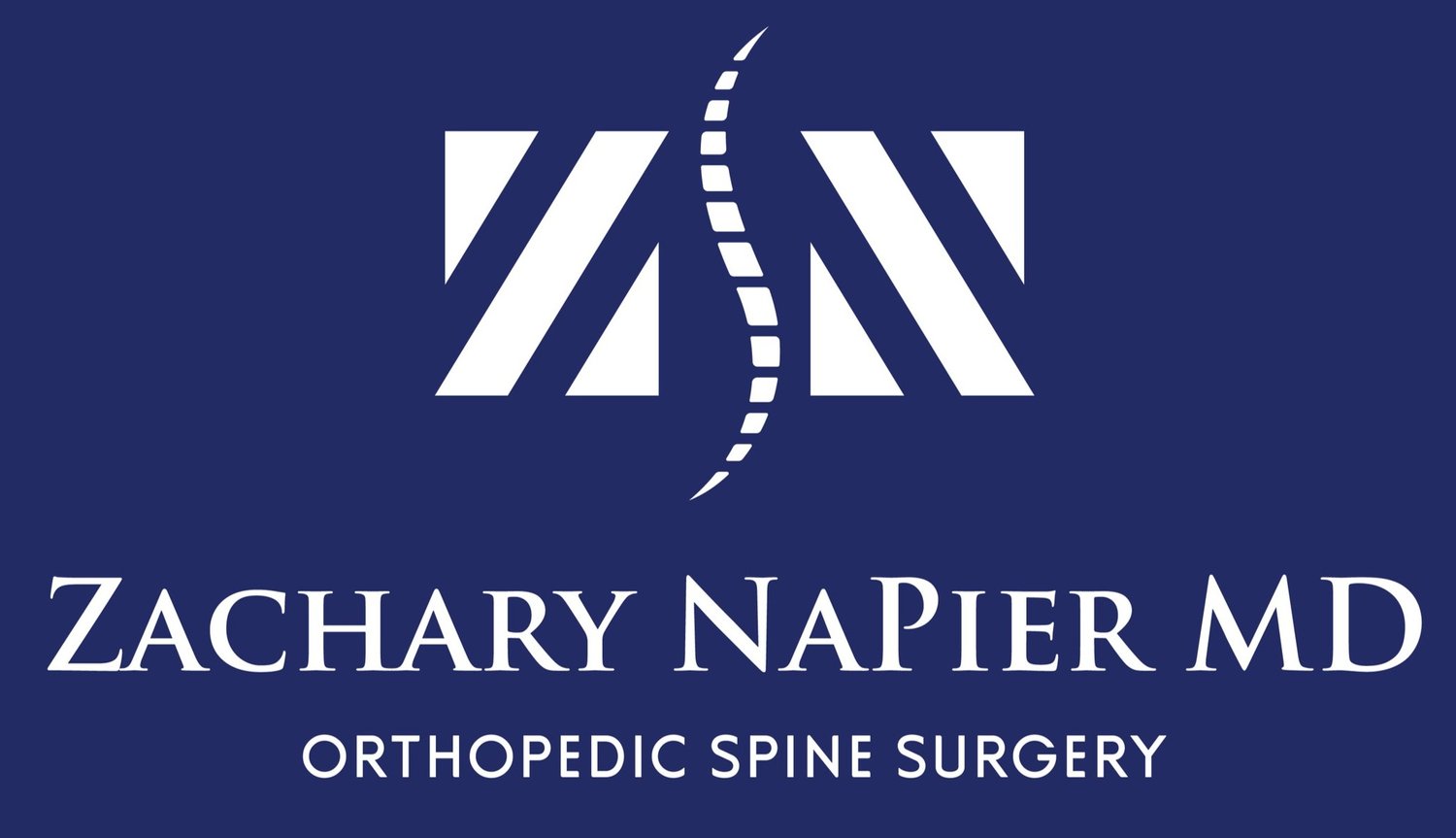
Failed Back Syndrome
Failed Back Syndrome refers to persistent or worsening symptoms after spine surgery.
Failed Back Syndrome Q&A?
-
What is failed back syndrome?
Failed back syndrome refers to persistent or worsening pain and decreased function after a spine surgery.
-
What causes failed back syndrome?
There are many causes for persistent pain or disability after a spine surgery. This does not necessarily mean that the prior surgery was a failure. Often patients who have worsening symptoms after a prior surgery have experienced breakdown at the level adjacent to their prior surgery. This pain can also be due to persistent motion or inappropriate alignment after a spinal fusion surgery.
-
What happens during a failed back syndrome evaluation?
Dr. NaPier has extensive training in the diagnosis and treatment of failed back syndrome. This is a complex evaluation in which Dr. NaPier will listen to your concerns and perform a physical examination to assess the function of your spine and nerves. Dr. NaPier will then review imaging studies including Xray, CT, and MRI. Dr. NaPier will then work with you to develop a customized treatment plan. Sometimes this will be a nonsurgical plan consisting of physical therapy and care from a nonsurgical pain management doctor. Other times this will involve a revision spine surgery.
Revision spine surgery is often more complex than primary spine surgery and Dr. NaPier will discuss the risks and benefits extensively with you before recommending revision spine surgery. In certain cases, minimally invasive revision spine surgery may allow for faster recovery and less post operative pain.
Related Services
-
Adjacent segment degeneration is the process of rapid degeneration of the segment next to a spinal fusion. Historically, rates of ASD are 3% per year utilizing tradition open surgical techniques. Minimally invasive techniques may reduce the incidence of ASD by providing less disruption to the supporting tissues.
-
Failed Back Syndrome refers to any patient who has not obtained acceptable relief of pain or improvement in function after spine surgery. A significant portion of Dr. NaPier’s practice involves the treatment of failed back syndrome including the revision of prior spine surgeries. The most common reasons for failure are the inappropriate restoration of spinal balance and inadequate stabilization of the spine. If you have had prior spine surgery and are experiencing significant pain or disability or if you have been diagnosed with a failed back syndrome, you may benefit from a second opinion from Dr. NaPier.
-
Flat Back Syndrome or Sagittal Imbalance refers to a patient who has undergone spinal fusion surgery that has not restored the proper amount of lordosis for a given spine. Consequently, the patient often experiences significant disability due to having a severely pitched forward posture. Surgical treatment involves both minimally invasive reconstruction of the anterior column of the spine if the patient has open disc spaces and posterior-based osteotomies if the patient’s spine is fused. If open disc spaces remain then these disc spaces can be utilized to generate the necessary lordosis. If open disc spaces are not available then a wedge must be cut out of the back of the spine in order to restore appropriate spinal balance.
-
Pseudarthrosis or Nonunion of the spine occurs when a spinal fusion surgery is performed, but the bones that are intended to fuse into a single mass of bone do not fuse and remain separated. Often this results in painful, persistent motion with eventual screw pullout and hardware failure. Most commonly pseudarthrosis occurs due to inadequate mechanical stability or excess motion at the fusion site, inadequate preparation of the fusion bed, or insufficient biological activity for bone growth at the fusion site. Depending on the cause of pseudarthrosis a wide range of revision surgical techniques is available to promote fusion. Dr. NaPier prefers to utilize minimally invasive techniques such as Lateral Interbody fusion (LLIF) or Minimally Invasive Percutaneous Posterior Cervical Fusion (MIS PCF) to treat pseudarthrosis when possible.
